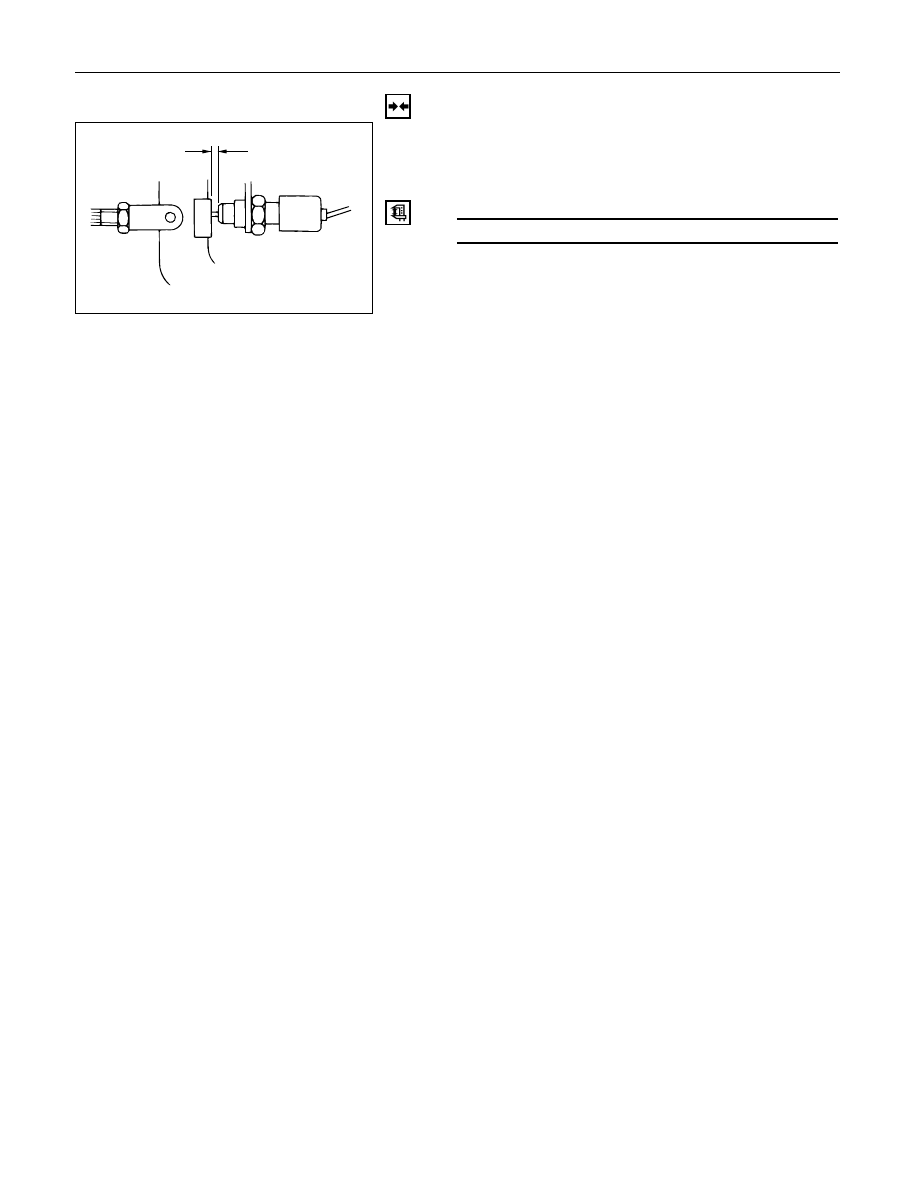Opel Frontera UBS. Manual - part 223

POWER ASSISTED BRAKE SYSTEM 5C – 37
INSTALLATION
7. Switch
•
Adjust the stoplight switch to the specified
clearance (between switch housing and brake
pedal) by rotating the switch housing.
Clearance
mm (in)
0 – 0.2 (0 – 0.008)
NOTE:
While adjusting the installation of the stoplight
switch, make sure that the threaded part of the
stoplight switch does not push the brake pedal.
6. Lock Nut
5. Stoplight Switch Connector
4. Instrument Panel Driver Lower Cover Assembly
3. Lower Cluster Assembly
2. Front Console Assembly
1. Shift Knob
(A)